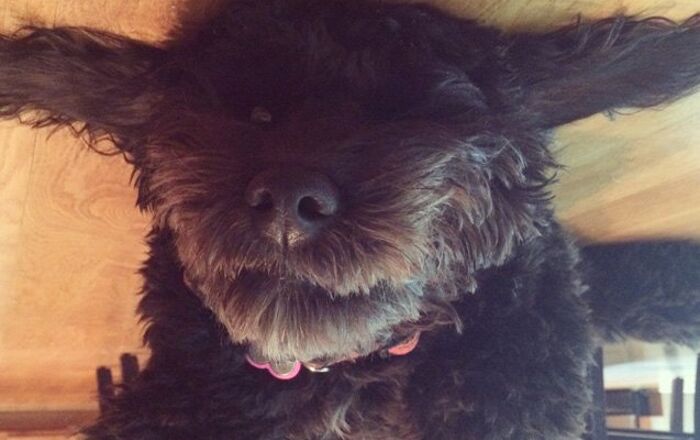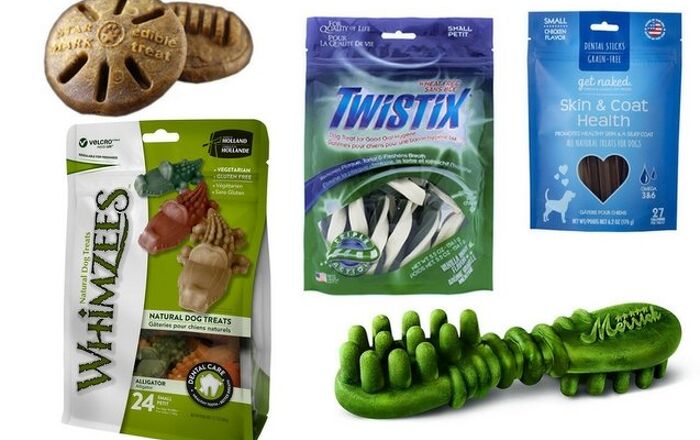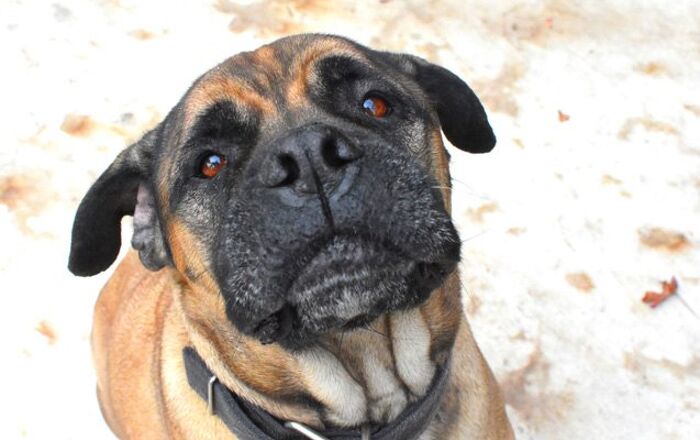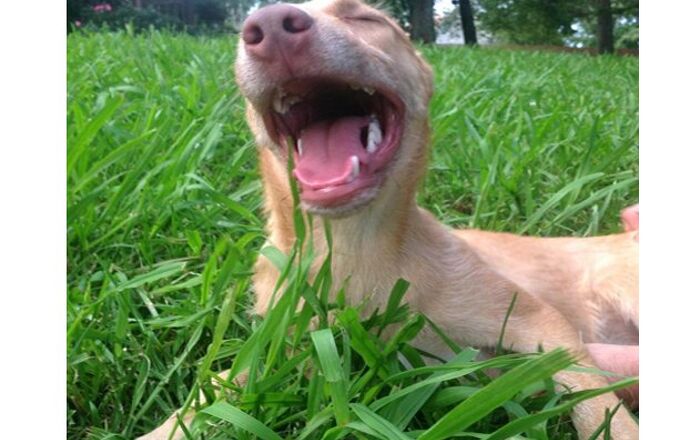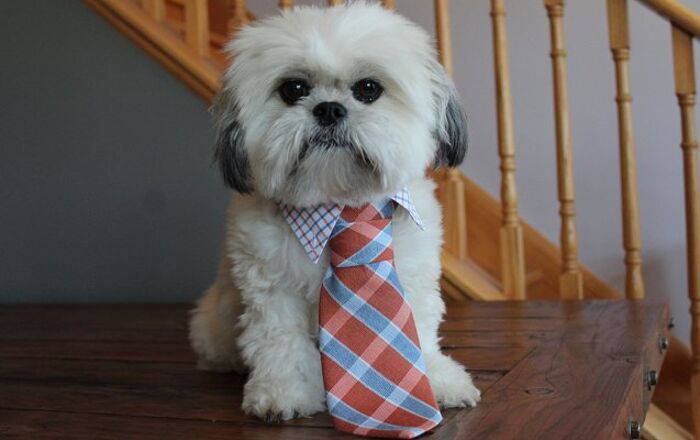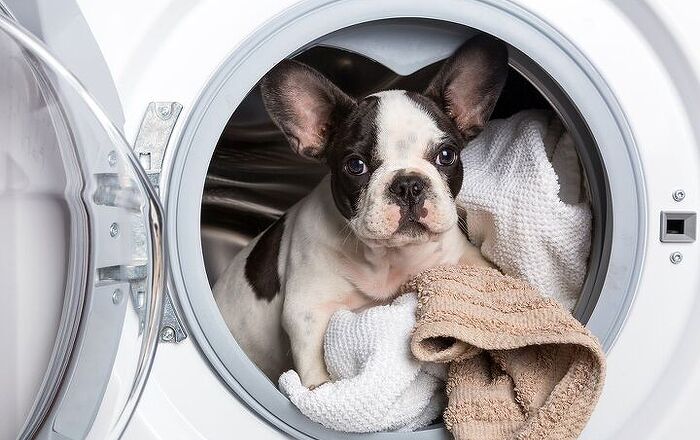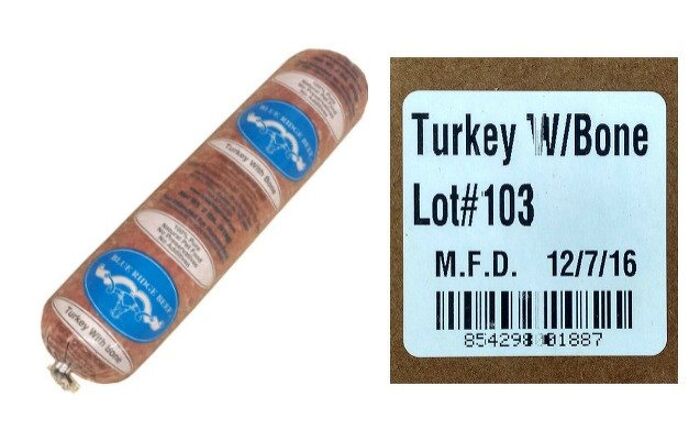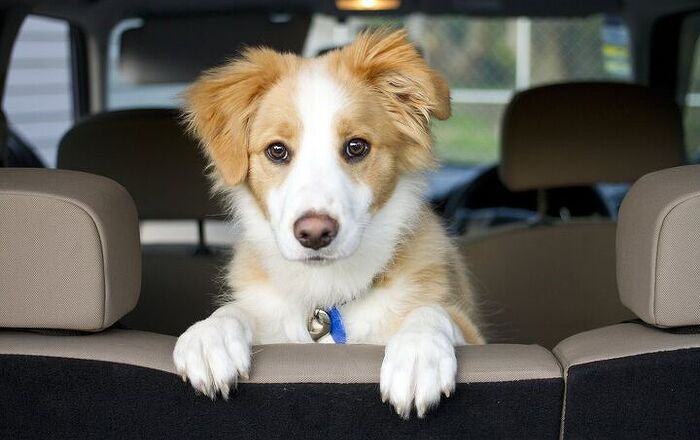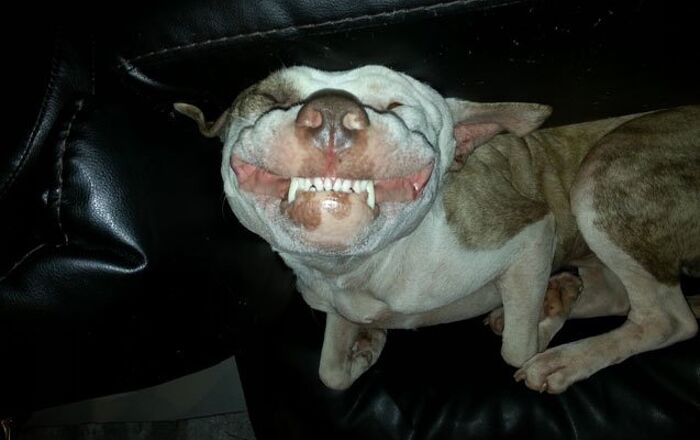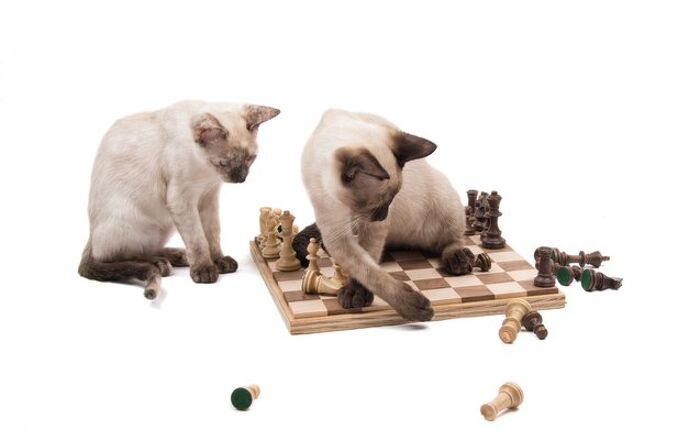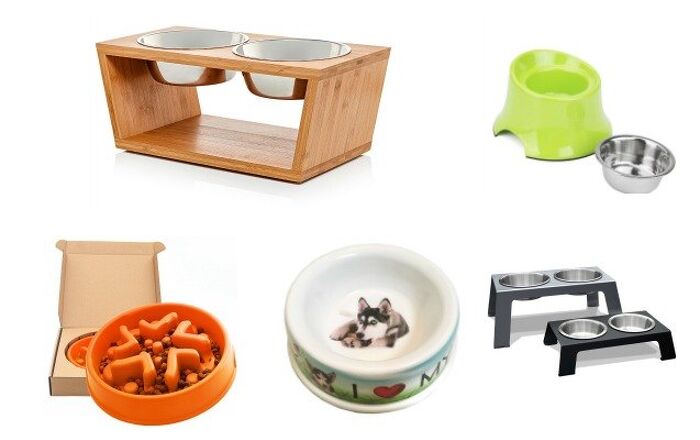
Amanda Schlee doesn’t have a dog… yet. But she’s in full doggy mode and is doing all her research before she and her husband decide on the right dog for them. In this article, she’s sharing what she’s learned about what you need to do to prep your home – even before your new puppy joins your family.
What an exciting time! You’re getting ready to bring home your very own puppy! I tend to think puppies are like toddlers; they get into everything therefore requiring a house to be puppy proofed. This is an essential step, most importantly for the safety of your puppy, but to also protect your goods you worked hard to pay for – like your favorite pair of shoes or your beloved comfy couch. These are some important things to think about when getting a house ready for a new furry bundle of joy.
Step 1: Pick a space in your house you can dedicate as the puppy zone
This space needs to be large enough to fit a crate for the size of your growing puppy, some toys, blankets and anything you think will bring comfort to them those first couple of nights He is in his new environment. I know lots of people leave shirts with their scent on it in their puppy’s crate. It’s probably best to keep this area away from any breakable décor; I personally recommend a corner of the room in a common area like the family room. This way you can enjoy playing with your puppy in the main hangout room for your house.
Step 2: Shopping!
Who doesn’t love shopping? Take a drive down to the local pet store and get out your credit card… it’s time to buy the puppy essentials. This is the time to purchase a puppy crate. It’s best to tell the experts at the pet store what type of breed you’re bringing home and let them recommend the size and type of crate to get. Not everyone has their dogs sleep in a crate, a lot of times their only used until the dog is house trained and to keep them in when being left home alone. Depending on the size of your breed, crates can be large and tall, they take up a lot of room in your house and aren’t nice to look at. So if you’re not interested in always having your puppy or dog sleep in the crate and you’re not a fan of letting them share your bed with you, I suggest also buying a puppy bed. This is something that will replace the crate in the puppy zone. Make sure it’s large enough for your full grown dog, which will avoid you having to upgrade in size as they get bigger. This is also the time to buy all the other puppy essentials like a collar, lease, food bowls, and chew toys. Don’t forget the chew toys because puppies love to chew whatever they can get their little paws on. Think about picking up a couple baskets to keep their toys organized and your house clutter-free when the toys aren’t in use.
Step 3: Setting up your house
Now that everything is purchased and set-up in the designated puppy zone, make a comfy and inviting environment for your new little buddy. Make a conscious effort to find a new home for anything out in the open they could possibly chew. Things such as shoes, throw pillows and blankets; anything you don’t want destroyed. A friend of mine brought her new golden retriever puppy home around Christmas time and she tried eating a few lower ornaments on the Christmas tree. Fortunately, after a day at the veterinary office, she was fine. Moral of the story: expect the unexpected with a puppy.
Step 4: Research
If you’re a real planner like me, you like to take care of things before they happen. Therefore, I think it’s a good idea to start researching which veterinarian you’re going to use. In my opinion, referrals are always a great way to go. If that’s not an option, then look up veterinarian offices in your area and go with the one who is accepting new patients and has the best office hours for your schedule. This is also a good time to start researching puppy classes. Obedience training is important no matter what breed you have. Small or large, having a puppy properly trained will make day to day life more enjoyable and less stressful for both you and the puppy. There are options to choose from and you can do group puppy classes or opt for one-on-one puppy training. Whichever you choose is up to you, but please choose one; it makes a world of difference.
Step 5: Schedule
Now is time to set a schedule to take care of your puppy. Whether you live alone or not, make sure someone is there to take care of your puppy’s needs. This includes being home to feed them, letting them out for bathroom breaks, cleaning up after them, house training them and getting them familiar and comfortable with their new home. This is a really important part for preparing for your puppy and deserves proper planning and consideration.
Step 6: Pick up your puppy and enjoy your new addition

Amanda Schlee loves all things fury. She is a huge animal person, with dogs holding a special place in her heart. She is constantly researching about our canine friends and can’t ever learn enough about them. New to the world of online blogging, Amanda hopes to continue reporting on all things pet related and her quest to someday soon be a dog owner.
